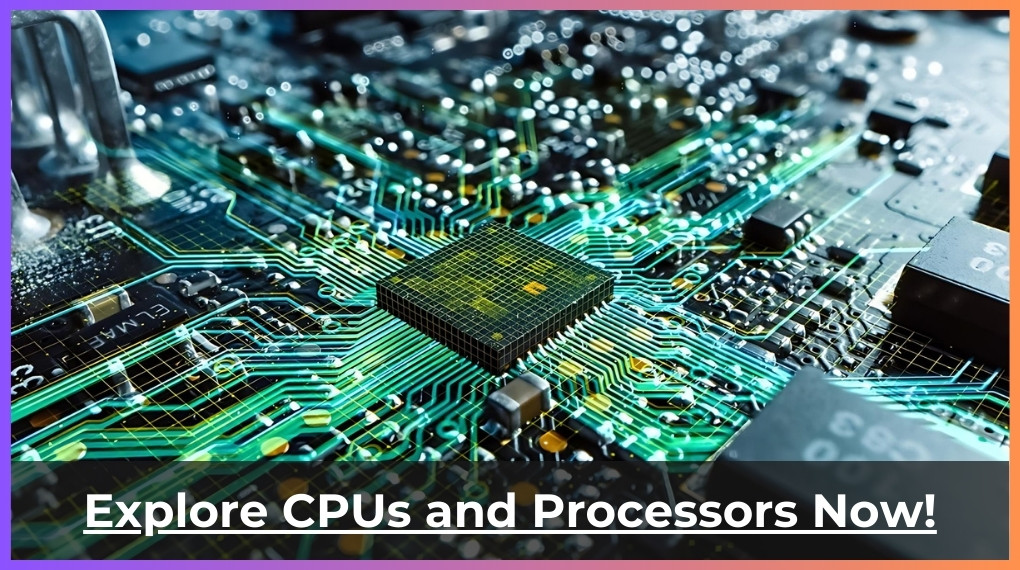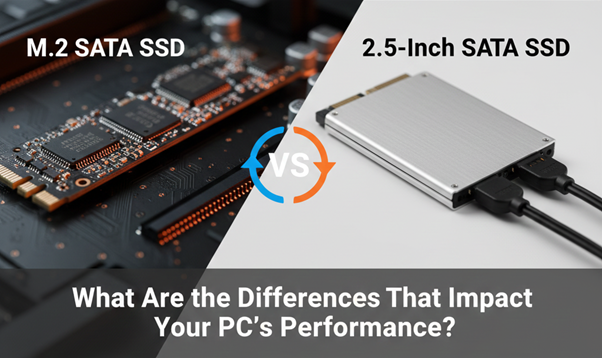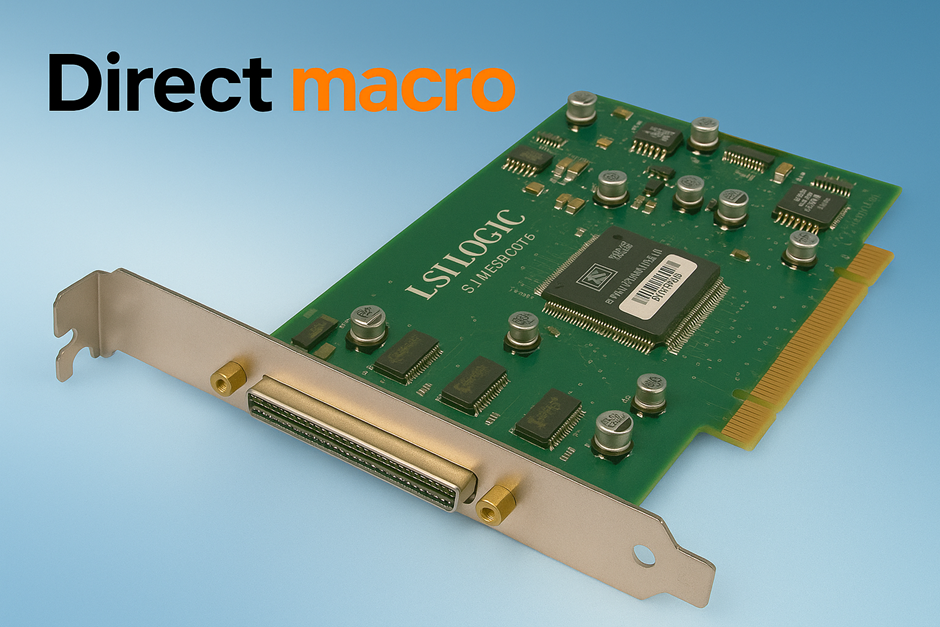Discovering Your CPU: What Processor Do I Have and Why It Matters
Your computer’s processor, also known as the central processing unit (CPU), is the brain of your machine. It handles all your hardware and software instructions, determining how fast and efficiently your computer performs tasks. You need to know what processor do I have for several reasons. It can help you assess your system’s capabilities, troubleshoot performance issues, and make informed decisions about upgrades or software compatibility.
Identifying what processor do I have is not as simple as it looks. It’s like discovering a vital component of your computer’s identity. Whether you’re a tech enthusiast, a gamer looking to optimize performance, or someone who wants to ensure their system meets the requirements for the latest software, understanding your processor is key. It’s the first step in opening your computer’s full potential and ensuring it operates smoothly and efficiently.
Even if you don’t feel the immediate need to know what processor you have, this knowledge will likely become important at some point. Whether you’re considering a hardware upgrade, encountering software that requires specific CPU capabilities, or troubleshooting performance issues, knowing your processor can save you time and effort. It’s better to be prepared and informed so when the need arises, you’re ready to make the best decisions for your system.
Let’s delve deeper into the fundamentals of a CPU, starting with what a CPU is and exploring the different types available. This foundational knowledge will help you better understand the importance of your processor and how it influences your computer’s performance.
What is a CPU in a Computer?
The central processing unit (CPU), often called the brain of a computer, is a critical component responsible for interpreting and executing most of the commands from the computer’s hardware and software. Every action your computer takes, from booting up the operating system to running applications, relies on the CPU. The processor’s speed and efficiency directly affect the performance of your system, making it a crucial component to understand.
The CPU consists of several cores, which are individual processing units. Modern CPUs typically have multiple cores, allowing them to handle multiple tasks simultaneously. This is why a dual-core or quad-core processor can perform better than a single-core processor. A CPU’s speed is measured in gigahertz (GHz), indicating how many cycles it can perform per second. Higher GHz means the CPU can process more instructions per second, leading to faster performance.
Understanding what is a CPU in a computer and how it functions can help you appreciate its importance and role in your overall system performance. Whether you’re troubleshooting issues or considering an upgrade, knowing the specifics of your CPU is essential.
Types of CPU: An Overview
CPUs come in various types, each designed for specific purposes and performance levels. Here’s an overview of the most common types:
- Desktop CPUs: These processors are designed for desktop computers. They are known for their high performance and ability to handle intensive tasks such as gaming, video editing, and complex computations. Examples include the Intel Core i7 and AMD Ryzen 7 series. If you’re wondering what processor do I have on my desktop, it could be one of these high-performance CPUs.
- Laptop CPUs: These processors are optimized for power efficiency to extend battery life while providing good performance. They are generally less powerful than their desktop counterparts but are more energy-efficient. Examples include the Intel Core i5 mobile series and AMD Ryzen 5 mobile series. Knowing how to check what CPU I have in your laptop can help you determine if it meets your performance needs.
- Server CPUs: Designed for servers and data centers, these CPUs focus on reliability, scalability, and the ability to handle numerous simultaneous tasks. They often have more cores and support features like error-correcting code (ECC) memory. Examples include the Intel Xeon and AMD EPYC series. If you’re setting up a server, understanding what processor you have is critical for ensuring it can handle the required workload.
- Mobile CPUs: These processors, found in smartphones and tablets, are designed for maximum power efficiency and integration of various functions such as graphics and connectivity. Examples include the Qualcomm Snapdragon and Apple A-series chips. If you’re curious about what CPU I have in my mobile device, it’s likely one of these specialized processors.
- Embedded CPUs: These are used in embedded systems such as automotive controls, industrial machines, and home appliances. They are built for specific tasks and optimized for reliability and low power consumption. Examples include the ARM Cortex-M series and Intel Quark processors. Understanding the types of CPUs can help you choose the right one for your specific needs.
Knowing how to check what processor do I have and understanding the different types of CPU can help you make informed decisions about your computer hardware, whether upgrading, troubleshooting, or simply looking to improve your system’s performance.
How to Check What Processor Do I Have
Knowing what processor your computer has is essential for understanding its capabilities, troubleshooting performance issues, and planning upgrades. This section will guide you through the steps to identify your CPU on different operating systems, including Windows, macOS, and Linux. You’ll learn how to access system information tools, use terminal commands, and explore alternative methods to find detailed processor information, ensuring you have all the necessary details about your computer’s CPU. We have kept the steps brief so you know what to do promptly.
Using System Information on Windows
To find out what CPU your Windows computer has:
- System Information Method:
- Press the Windows key and type “System Information.”
- Open the System Information app.
- In the System Summary, look for the Processor entry, which details the CPU model and speed.

- Settings Method:
- Right-click the Start button and select System.
- Under Device specifications, find the processor details.

Checking Your Processor Through Task Manager
- Open Task Manager:
- Press Ctrl + Shift + Esc to open Task Manager directly.
- Alternatively, right-click on the taskbar and select Task Manager.
- Go to the Performance Tab:
- Click on the Performance tab.
- Select CPU on the left side.

Here, you will see details about your processor, including its name and speed.
Checking Your Processor Through Control Panel
- Open Control Panel:
- Press the Windows key, type “Control Panel,” and press Enter.
- Select System and Security.
- View Processor Information:
- Click on System.
- Under the System section, you will see information about your processor, including its model and speed.

These methods provide quick and easy ways to determine your Windows computer’s processor.
Finding Processor Information on macOS
For Mac users, here’s how to check your processor:
- Click on the Apple menu and select About This Mac.
- In the Overview tab, you’ll see the processor information listed, including the processor’s name and speed.

- For more details:
- Open Terminal.
- Enter sysctl -a | grep machdep.cpu.brand_string to get the detailed processor information.
Checking Processor Details on Linux
On Linux, you can use the terminal to find your CPU details:
- Open a Terminal window.
- Enter lscpu | grep “Model name” to see the CPU model.

- Alternatively, use:
-
- cat /proc/cpuinfo for extensive CPU details.
- htop to view real-time CPU information if the tool is installed.
These methods provide comprehensive ways to identify your processor across different operating systems, ensuring you have the necessary information about your CPU.
Alternative Methods to Identify Your CPU
Using Third-Party Software
If you want detailed information about your CPU beyond what the built-in system tools provide, third-party software can be very helpful. Tools like CPU-Z and Speccy offer in-depth details about your processor, including model, core count, threads, clock speed, and more.
- Download and Install: Download the software from a trusted website.
- Run the Program: Open the software, and it will automatically scan your system and display comprehensive CPU information.
These user-friendly tools provide a wealth of information that can be useful for both basic checks and advanced diagnostics.
Checking the BIOS/UEFI
The BIOS (Basic Input/Output System) or UEFI (Unified Extensible Firmware Interface) is a firmware interface that initializes your computer’s hardware before the operating system loads. You can check your CPU information here:
- Enter BIOS/UEFI: Restart your computer and press the appropriate key (often F2, Delete, or Esc) during startup to enter the BIOS/UEFI setup.
- Locate CPU Information: Navigate through the menus (usually under a tab like System Information or Processor) to find detailed information about your CPU.
The BIOS/UEFI provides essential details and is useful if your operating system isn’t booting properly.
Looking at the Physical Processor
In some cases, you might need to check the physical processor itself, especially when dealing with custom-built desktops or replacing components:
- Power Down and Open the Case: Turn off your computer, unplug it, and open it.
- Locate the CPU: Find the CPU socket on the motherboard (know what motherboard do I have), usually under a large heatsink and fan.
- Identify the Processor: Carefully remove the heatsink and check the markings on the CPU itself. The model number and other details are typically printed on the top of the processor.
Physically checking the CPU should be done with caution to avoid damaging components, and it’s usually reserved for situations where other methods are not feasible. Once you have identified your CPU using these methods, it’s also important to monitor its health to ensure optimal performance and longevity.
How to Check CPU Health
Maintaining your CPU’s health is crucial for ensuring your computer runs smoothly and efficiently. Monitoring the health of your processor can help you detect issues early, improve performance, and extend the lifespan of your hardware. Here are some essential steps and tools for checking your CPU health:
Tools for Monitoring CPU Health
Use tools like HWMonitor, Core Temp, and Speccy to monitor your CPU’s temperature, voltage, and performance.
Interpreting CPU Health Metrics
- Temperature: Ideal range is 30°C to 40°C idle, up to 85°C under load.
- Voltage: Should remain stable; fluctuations can indicate issues.
- Usage: High constant usage may suggest stress or cooling problems.
Tips for Maintaining a Healthy CPU
- Ensure Proper Cooling: Clean fans and heat sinks regularly.
- Apply High-Quality Thermal Paste: This enhances heat transfer. For recommendations, check out our blog on the best thermal paste.
- Regular Monitoring: Use the mentioned tools regularly to check health metrics and address issues promptly.
Maintaining a healthy CPU prevents performance issues and extends hardware life.
FAQs about Processors
What Processor Do I Have and Why Does It Matter?
Knowing what processor do I have helps you understand your system’s capabilities, ensure software compatibility, and make informed decisions about upgrades. It’s essential for troubleshooting performance issues and optimizing your computer’s performance.
How Often Should I Check My CPU Health?
Regularly monitoring your CPU health is crucial, especially if you notice performance issues or plan to upgrade your system. A monthly check can help you catch potential problems early and maintain optimal performance.
Can I Upgrade My Processor?
Yes, upgrading your processor can significantly improve performance, but compatibility with your motherboard is crucial. Ensure your motherboard supports the new CPU and consider other factors like cooling and power supply requirements.
Wrapping Up
Understanding what CPU do I have is fundamental for assessing your computer’s performance, troubleshooting issues, and planning upgrades. Regular monitoring and maintenance ensure longevity and optimal functioning.
Final Tips and Recommendations
- Regularly clean your system to prevent overheating.
- Use quality thermal paste for better cooling.
- Monitor your CPU health using recommended tools.
- Stay informed about your hardware for better performance and efficiency.
Knowing what processor do I have and maintaining its health not only enhances your system’s performance but also extends its lifespan, ensuring you get the best out of your computer.
Do you need advice on buying or selling hardware? Fill out the form and we will return.

Sales & Support
(855) 483-7810
We respond within 48 hours on all weekdays
Opening hours
Monday to thursday: 08.30-16.30
Friday: 08.30-15.30









